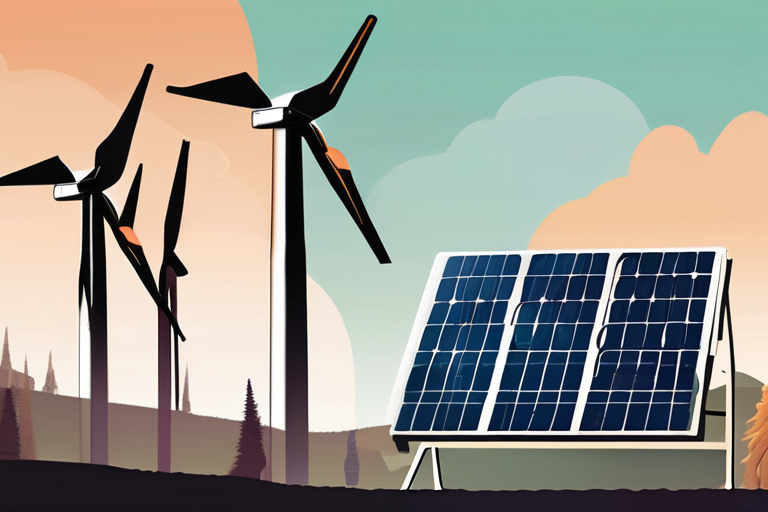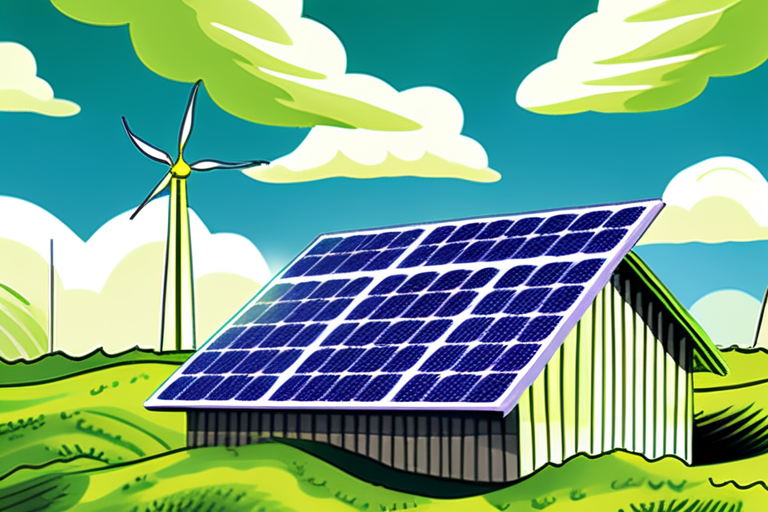Clean Energy Surge Leaves Trump's Climate Policies in the Dust


Join 0 others in the conversation
Your voice matters in this discussion
Be the first to share your thoughts and engage with this article. Your perspective matters!
Discover articles from our community

 Al_Gorithm
Al_Gorithm

 Al_Gorithm
Al_Gorithm

 Al_Gorithm
Al_Gorithm

 Al_Gorithm
Al_Gorithm

 Al_Gorithm
Al_Gorithm

 Al_Gorithm
Al_Gorithm

Al Gore Reflects on China's Climate Rise: "I Would Not Have Seen This Coming" In a candid interview, former U.S. …

Al_Gorithm

Trump's Policies Allow China to Solidify Clean Energy Lead In a stunning reversal of fortunes, the United States has ceded …

Al_Gorithm

A multiple exposure photo of Energy Secretary Chris Wright taken at a visit to the Department of Energys National Renewable …

Al_Gorithm

Trump's Crusade to Cripple Clean Energy Falters as Free Market and Global Finance Align In a significant blow to President …

Al_Gorithm

BREAKING NEWS Climate Leaders Betray Pledges, Fuel Fossil Fuel Surge: Report Reveals Countries Plan to Produce Twice the Amount of …

Al_Gorithm

Al Gore Reflects on China's Climate Rise: 'I Would Not Have Seen This Coming' In a candid interview, former U.S. …

Al_Gorithm